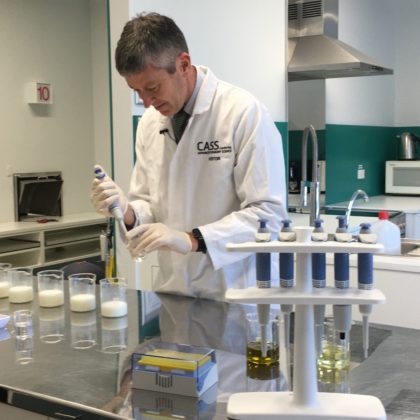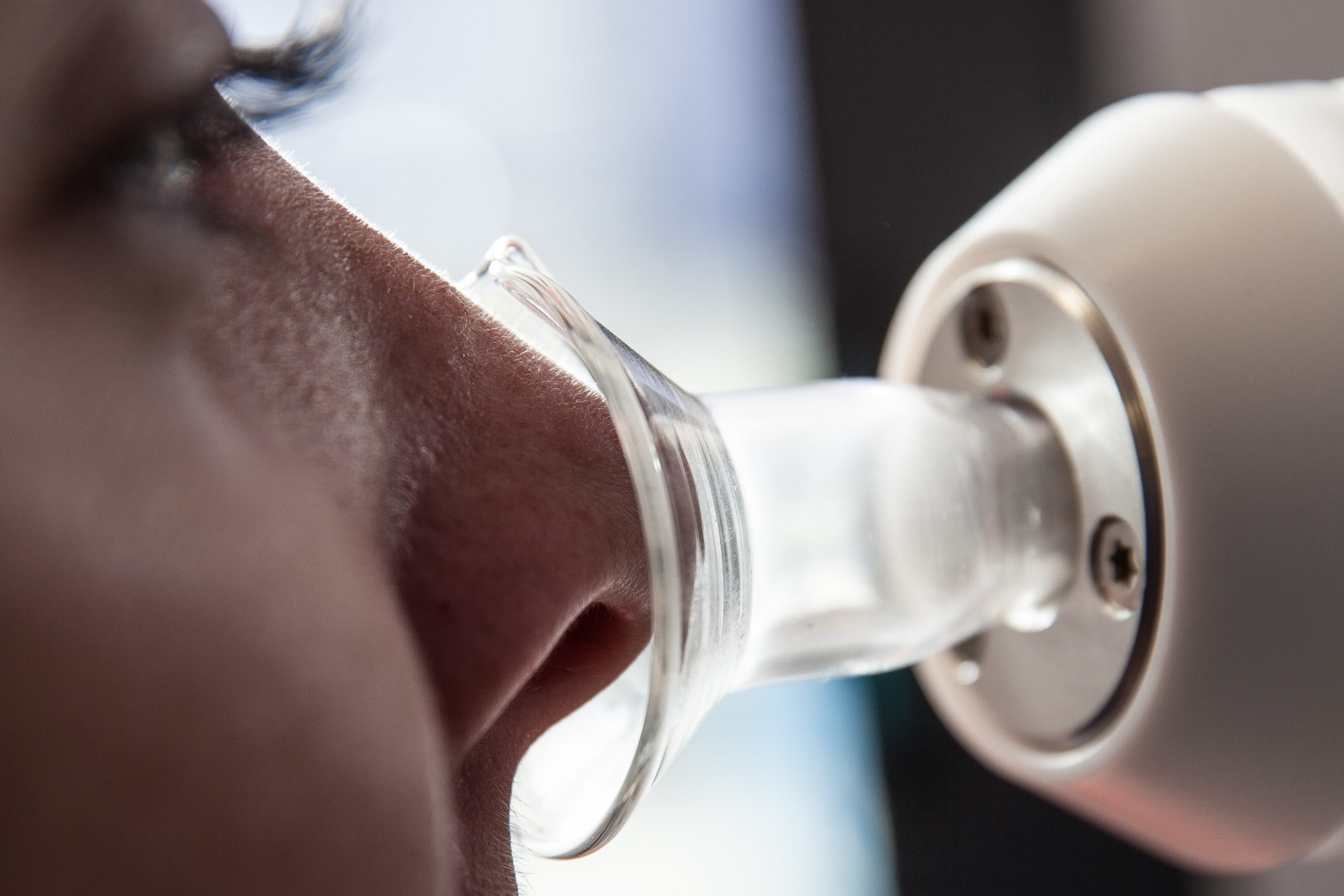Current projects
- Alimentary tastes: Carbohydrate taste and exercise performance (with WB University of Copenhagen)
- Fat taste in twins
- Interaction between sodium, gluatame, and kokumi
- Sensory attributes of foods.
- Key attributes of iced coffee
- The flavour and texture of Australian Rice
- Consumer led product development of chocolate milk
- Tactile acuity, diet, and obesity in adults and children: Tactile acuity method development collaboration
Publications highlights
- Beauchamp, G. K., Keast, R. S., Morel, D., Lin, J., Pika, J., Han, Q., et al. (2005). Phytochemistry: ibuprofen-like activity in extra-virgin olive oil. Nature, 437(7055), 45-46
- Stewart, J., Feinle-Bisset, C., Golding, M., Delahunty, C., Clifton, P. M., & Keast, R. S.J (2010). Oral sensitivity to fatty acids, food consumption and BMI in human subjects. British Journal of Nutrition, 104(1), 145-152
- Keast R, Azzarpadi K, Newman L, Haryono R. (2014). Impaired fatty acid chemoreception is associated with accute excess energy intake. Appetite. 80, pp 1-6
- Bolhuis D, Keast R. (2016) Effects of salt and fat combinations on taste preference and perception. Chemical Senses 41 189-195
- Low J, Lacy K, McBride R, Keast R. (2017). Evidence supporting oral sensitivity to complex carbohydrates independent of sweet taste sensitivity in humans. PLoS One 12(12):e0188784
- Costanzo A, Nowson C, Orellana, Bolhuis D, Duesing K, Keast R. (2018). Effect of dietary fat intake on fat taste sensitivity: a co-twin randomised control trial. American Journal of Clinical Nutrition. 107(5) pp683-694
- Yu H, Qiu N, Meng Y, Keast R. (2020) A comparative study on the modulation of gut microbiota of rats via the dietary intervention by different source of egg white protein. Journal of the Science of Food and Agriculture doi: 10.1002/jsfa.10387
Skills and research area:
Sensory Evaluation methodology, study design, taste, flavour, nutrition






